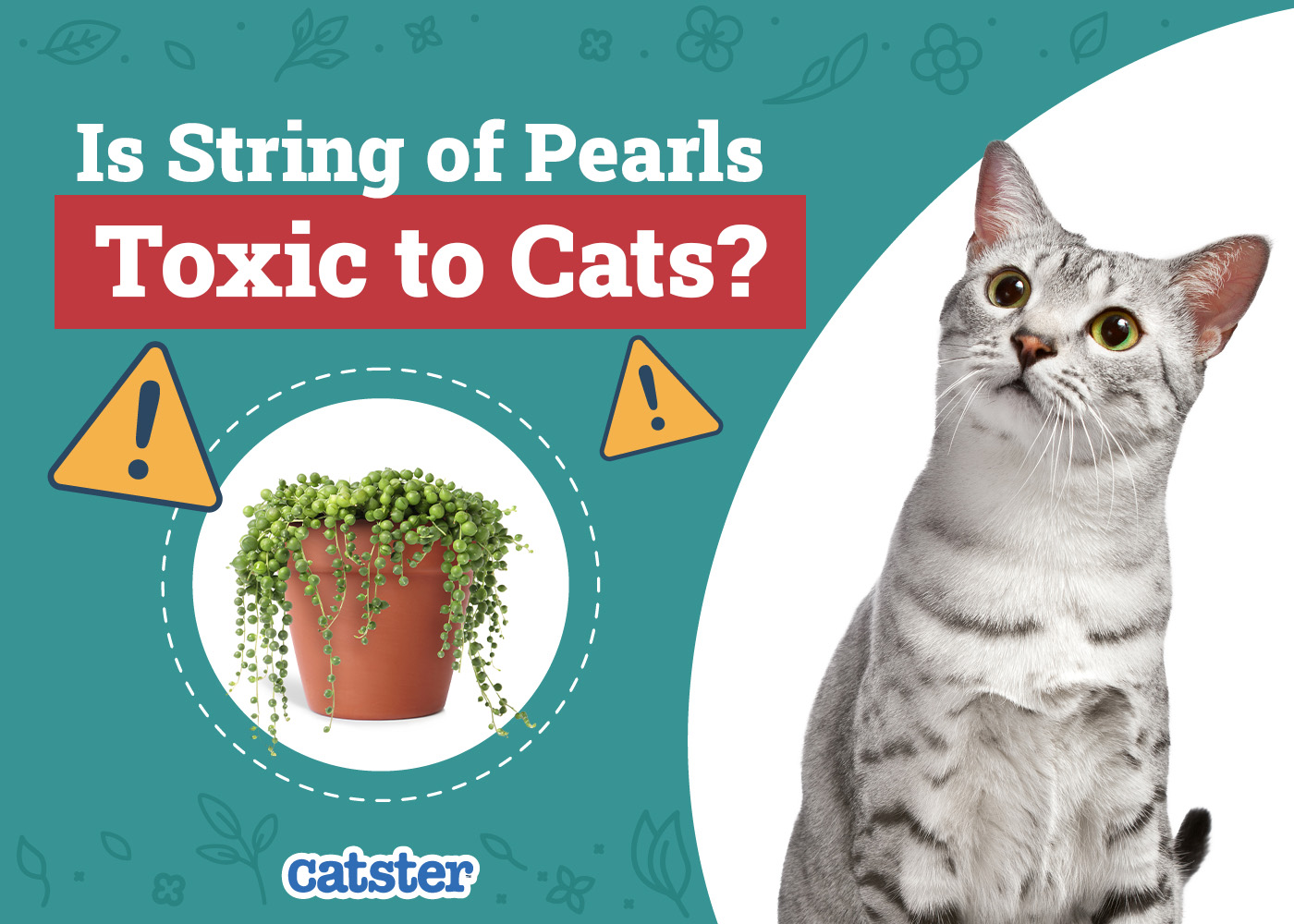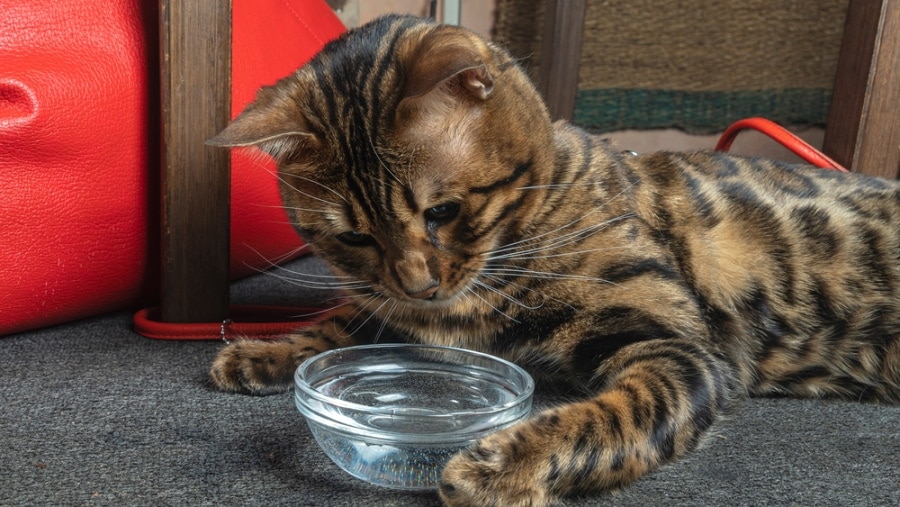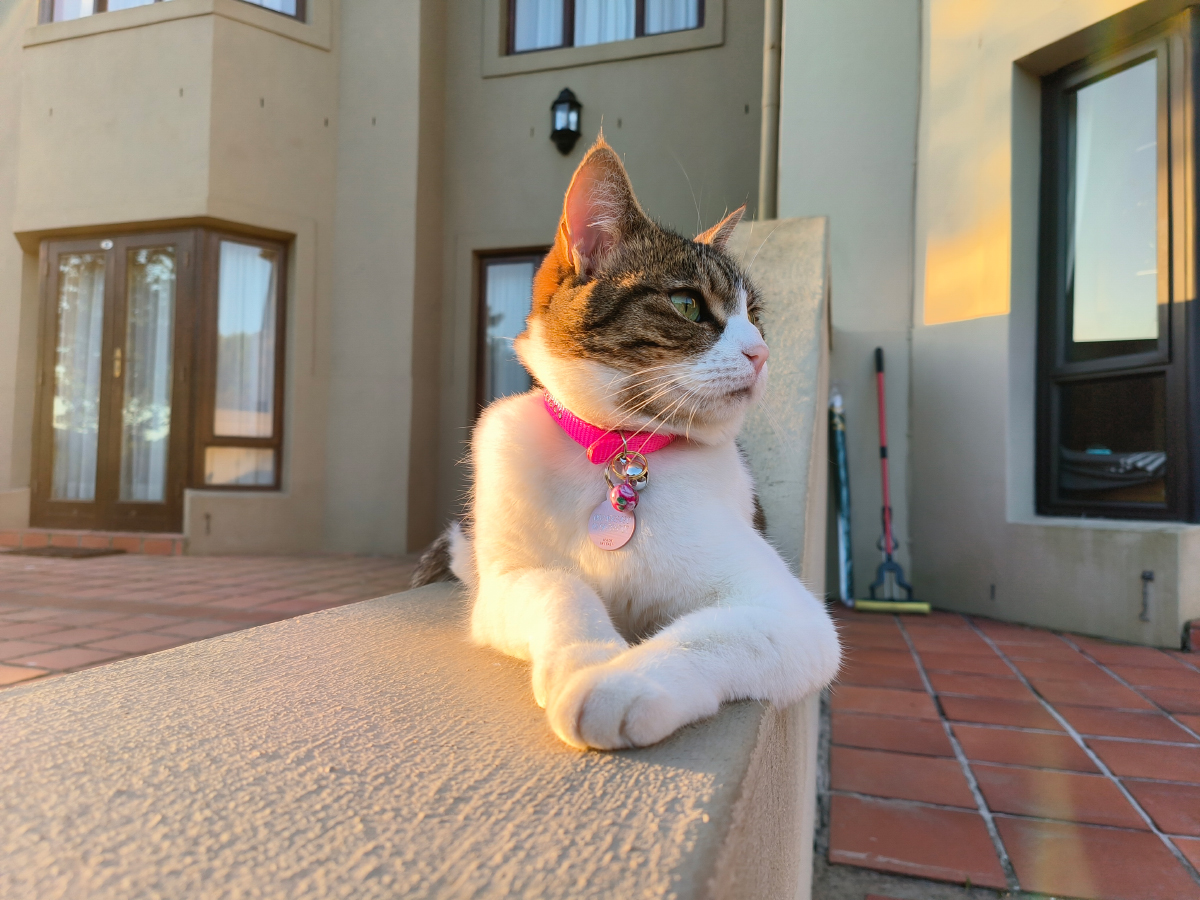Click to Skip Ahead
Plants are a popular decoration for adding a little nature to your home. Especially with more people than ever working from home, adding plants to our surroundings has experienced a real boom in popularity. But many plants, like the string of pearls, are toxic for our cats. Read on to learn everything you need about the string of pearls plant and its relationship with our furry family members.

String of Pearls: What Is It and Why Is It Toxic?
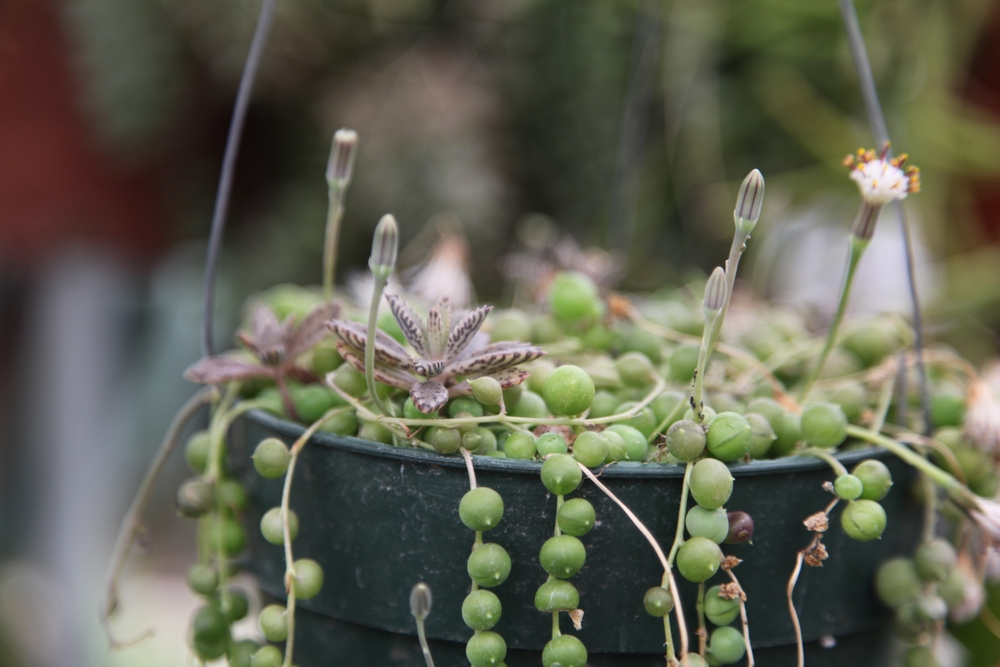
Senecio rowleyanus, commonly referred to as the string of pearls, is a plant that isn’t the easiest to find in nurseries despite its rampant popularity because of its unique and charming appearance of a string of green baubles. String of pearls is a member of the succulent grouping along with other plants, such as the jade plant and mother-in-law’s tongue.
Succulents have thick, fleshy tissues adapted to water storage. These tissues can be in the stem, such as in cacti, or the leaves, like the jade plant. They’re generally native to desert ecosystems, where their expansive roots and water storage tissues help them survive the desert heat and droughts.
We’re not sure what the toxic compound in the string of pearls plants is. Scientists think the toxicity may be caused by alkaloid poisoning. String of pearls plants aren’t just harmful to cats and dogs; they’re toxic to humans, too! Handling these plants can cause skin irritation, and getting the plant’s sap in your eyes can cause rather severe complications for humans.
What Does Toxicity Look Like?
When ingested by a pet, string of pearls can cause vomiting and lethargy, according to the ASPCA. The plant isn’t listed on their list of “Toxic and Non-Toxic Plants.” However, in their article about the toxicity of succulent plants, they cover the string of pearls and make it clear that this plant is toxic to cats and dogs, even though the toxicity signs are generally relatively benign in the grand scheme of things. Still if your cat has ingested this plant and you are worried, it is always the best to call a vet for an advice.

If you need to speak with a vet but can’t get to one, head over to PangoVet. It’s an online service where you can talk to a vet online and get the personalized advice you need for your pet — all at an affordable price!

What Other Succulents Are Toxic for Cats?
The string of pearls isn’t the only succulent that can cause toxicity in cats and dogs when ingested. While plants such as hens-and-chicks, the Chinese money plant, and the bunny ear cactus might be safe around cats, plenty of other succulents contain toxic compounds.
1. Jade Plants
Crassula ovata is more commonly referred to as the Jade plant, and this plant is toxic for cats and dogs. When ingested by a pet, you can expect that your pet will experience diarrhea, vomiting, lethargy, and lack of appetite.
This is another plant that we keep that is also toxic for humans. Botanists warn against handling and propagating the plant without wearing gloves, as dermal contact with the plant’s sap can cause severe skin and eye irritation.
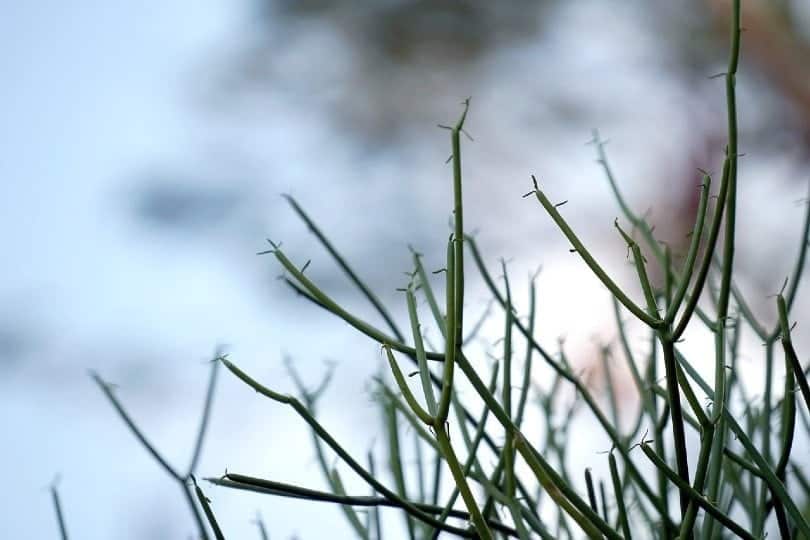
2. Pencil Cactus
The pencil cactus is another succulent that’s toxic when ingested by cats. This one has a similar thick white sap that can cause mouth and digestive tract irritation if consumed by a cat. The most common signs of toxicity are vomiting and drooling.
There’s also concern with your cat experiencing eye irritation as pawing in and around the eye area can spread the sap into their eyes. In severe cases of eye irritation, ulcers can form in the eyes. These ulcers, known as corneal ulcers, can be highly problematic for your cat.
3. Mother-in-Law’s Tongue
Sansevieria trifasciata is better known for its funny name than its toxicity, but this plant is toxic for cats and dogs. Vomiting, diarrhea, drooling, and lethargy are common among cats and dogs who consume any part of this plant.

Final Thoughts
Plants are a beautiful way to bring nature into your daily life, but we must be mindful of the other members of our homes when we choose the plants we bring in. If you must keep a toxic plant, try to keep it out of reach of any furry friends who might want to snack on it.
If you think your cat has ingested a toxic substance, take them to the veterinarian immediately. Your veterinarian has a more comprehensive view of your cat’s health and typical behavior than the Internet! They’ll be able to guide you in making the best choices for your cat’s overall health.
Featured Image Credit: Fabrizio Guarisco, Shutterstock

